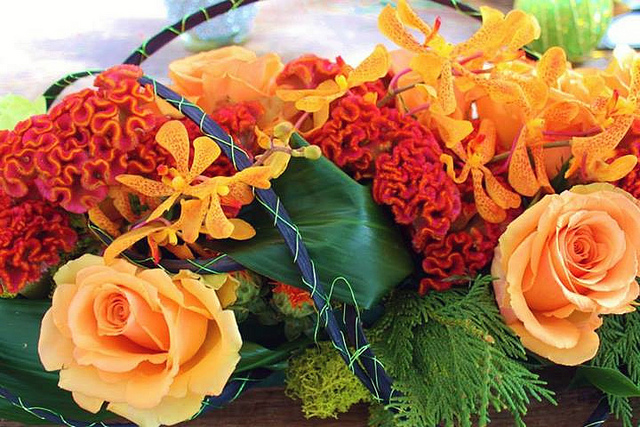Right about now our summer gardens are starting to bid their farewell as the vegetables finish up their final yield of crops and flowers bloom for the last time. It certainly can be depressing but there are many ways to keep your green thumbs busy even if the weather is certainly changing towards the cooler temperatures. There’s absolutely no reason why we can’t keep growing during the fall because with the right conditions and a positive attitude, anything is possible for New England’s challenging gardeners! Whether you want to continue nurturing your cultivations outside or enjoy some of your favorite blossoms within your home, there are several ways to do so just by applying a little ingenuity. Here are some helpful tips that will get you on your way to autumn gardening in Boston!
Indoor
If you’re looking to bring your flowers and vegetables indoors for the season, there are many varieties that can be successful options. When speaking of flowers, your best bet is to dig up the annuals that you planted last spring and repot them in containers that are big enough to allow growth. Varieties such as geraniums, begonias and cosmos typically move with ease and are durable with slight variations in their environment. The more delicate buds such as nasturtiums are tricky but that doesn’t stop you from beginning over with seeds and starting from scratch.
Vegetables are also not impossible to grow inside if you’re clever with what you select to harvest. Good choices would include wax beans, peas, tomatoes and yes, even potatoes. Grab an extra large bin, fill it with dirt and place a rooted spud inside. If you’re patient, you’ll be able to see their foliage begin to grow and three months down the road, you’ll be able to dig up real, fresh potatoes of your own!
Things to keep in Mind: Make sure you choose a well-lit area that is close by a heater and water the same as you would during the summer. Feeding your plants every now and again will also keep them healthy and who knows? You might even get them to survive through the winter and into the spring when you can put them right back into the earth for another season of blooming.

Outdoor
Although most flowers flourish during June through August, there are species that won’t wilt or wither during September and October. Depending on the weather pattern (a snowstorm will almost definitely ruin a fall gardening project), you can plant mums, asters and even start new seeds of sunflowers if the temperatures are right. Morning Glories (which like the cooler air to sprout from) are also another option, particularly if you have access to a greenhouse.
Vegetables happen to be a great thing to reap in gardens during this time of year and options include cauliflower, carrots and broccoli. Kale, cabbage and lettuce will also thrive in autumn and also make lovely landscaping displays, which exhume a fun and festive presentation. They enjoy the chill of autumn nights and the warmth that the days still hold so go nuts and re-plant your whole garden with these babies if you want to!
 Flowers have consistently been utilized as a focus by some of the world’s most ingenious designers for centuries. This creative thinking has led the way to innovative styles that appeal to those attracted to blooms and appreciate their exotic presentation.
Flowers have consistently been utilized as a focus by some of the world’s most ingenious designers for centuries. This creative thinking has led the way to innovative styles that appeal to those attracted to blooms and appreciate their exotic presentation. 

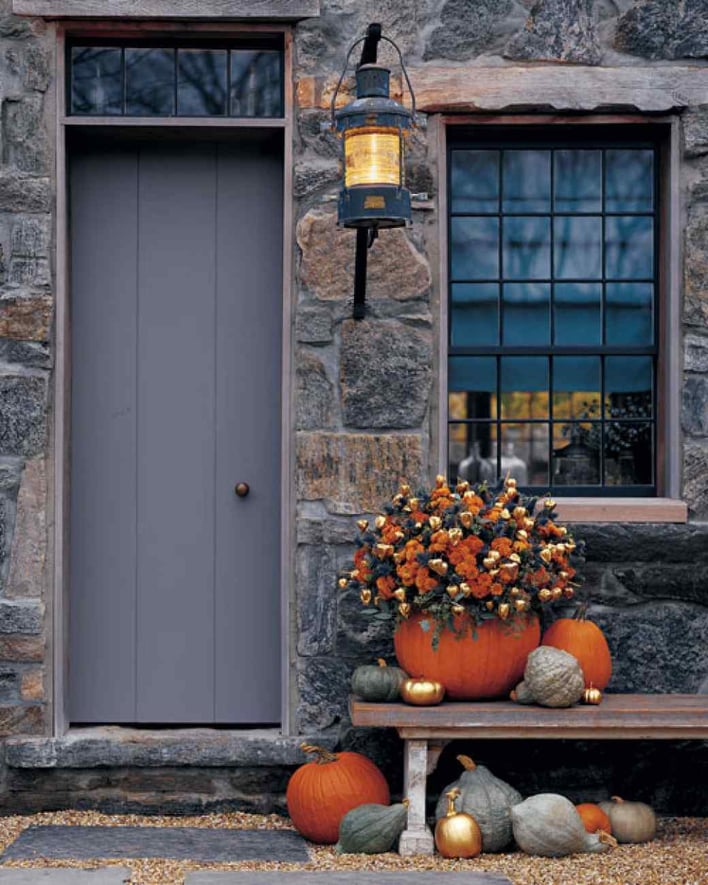


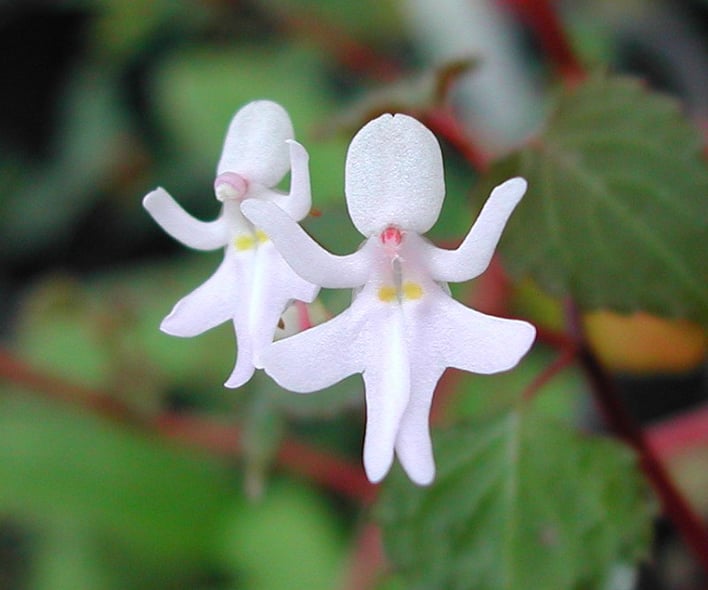 photo credit via strangewonderfulthings.com
photo credit via strangewonderfulthings.com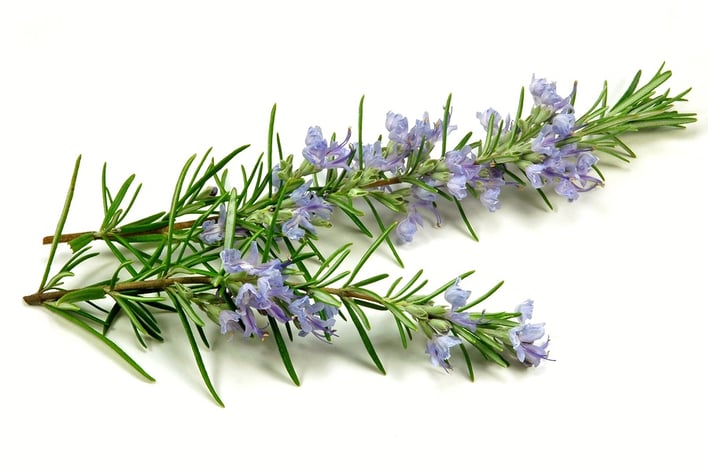

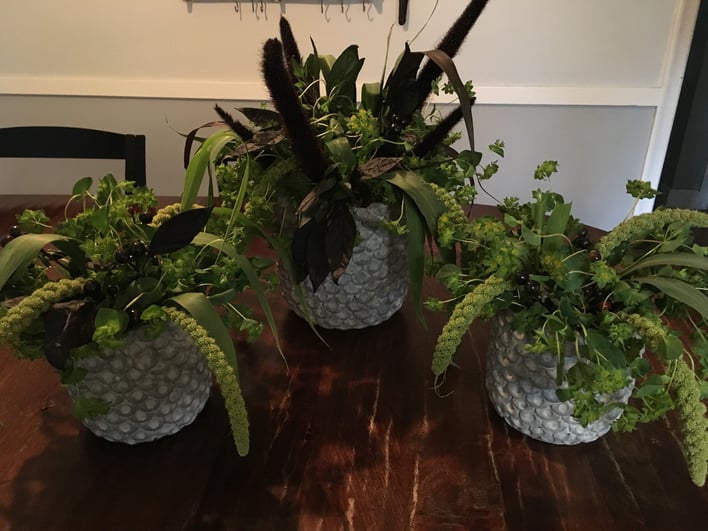
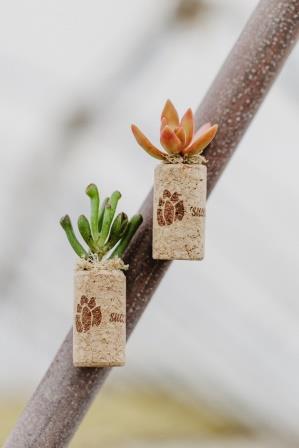 photo credit: arizonaeast.com
photo credit: arizonaeast.com
